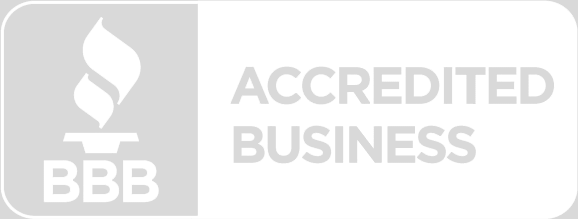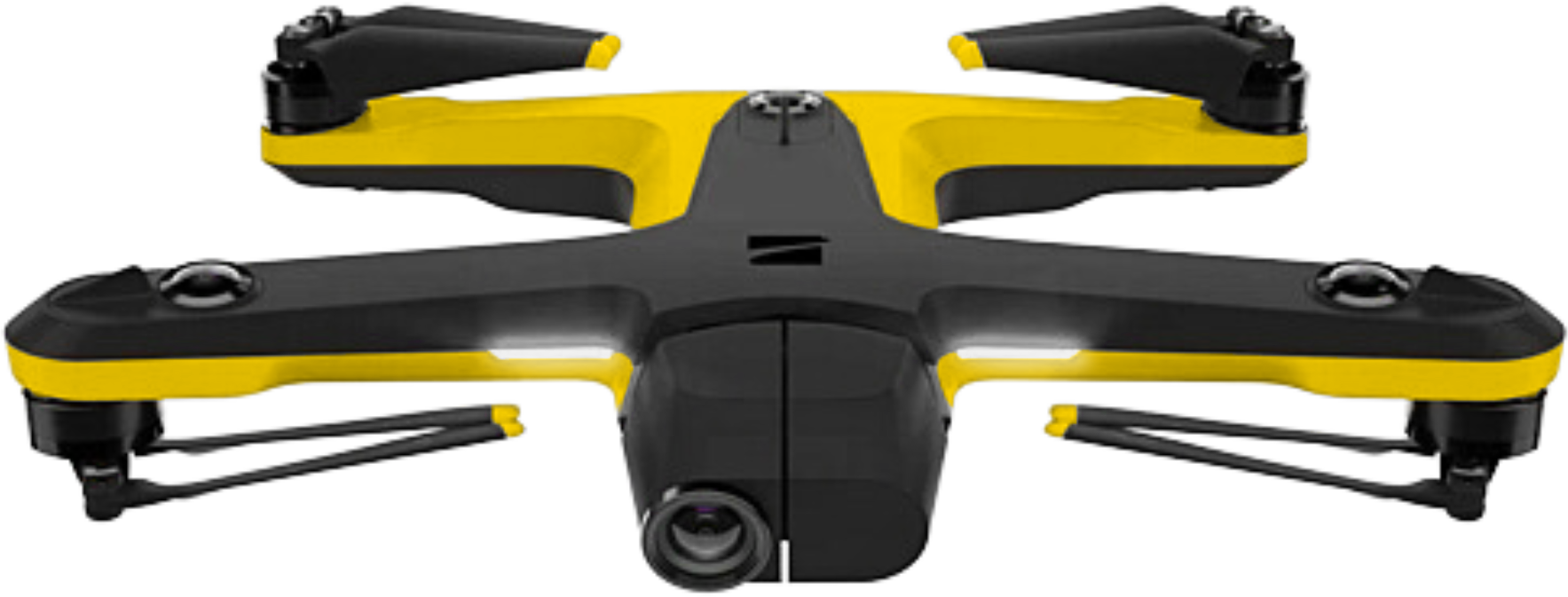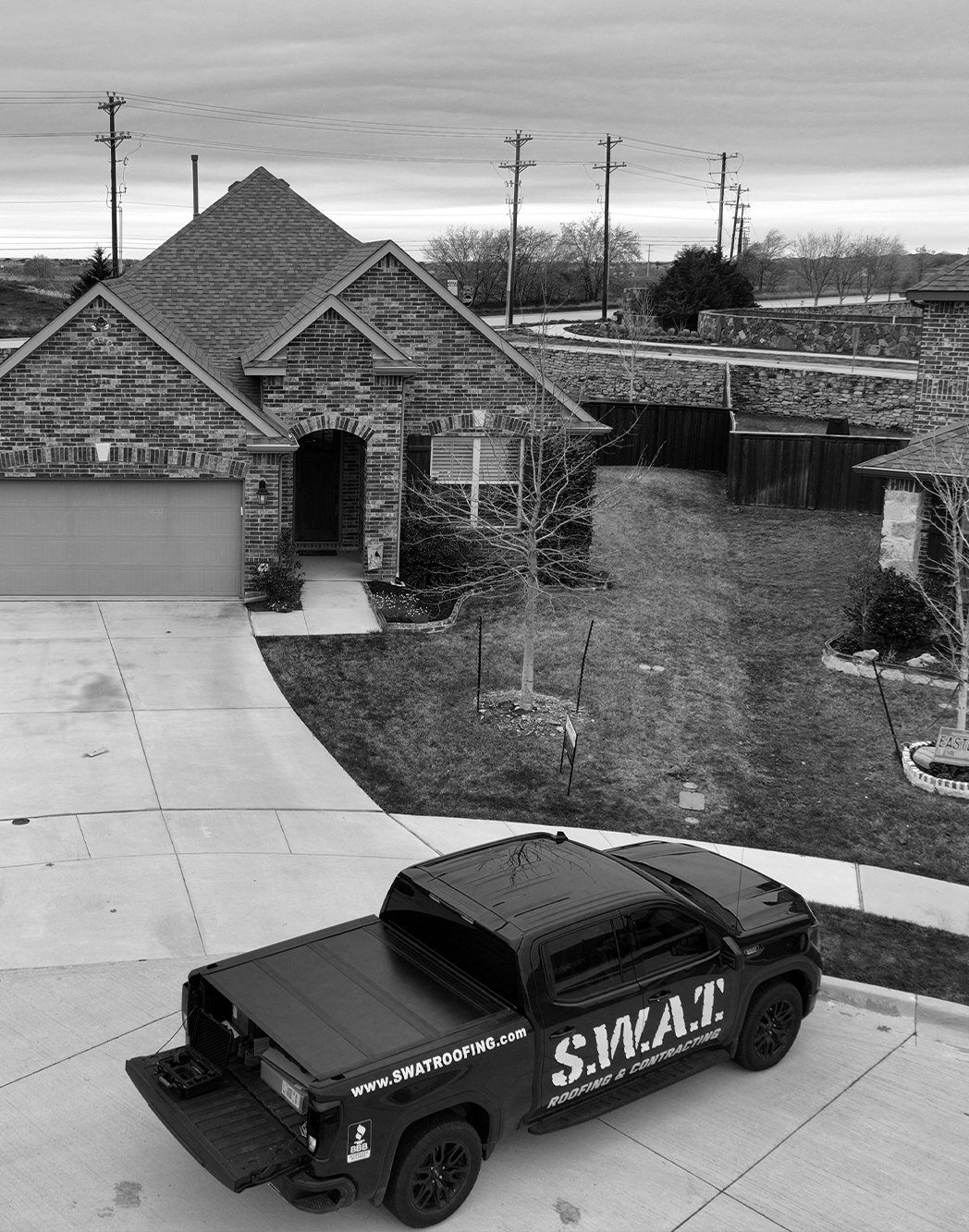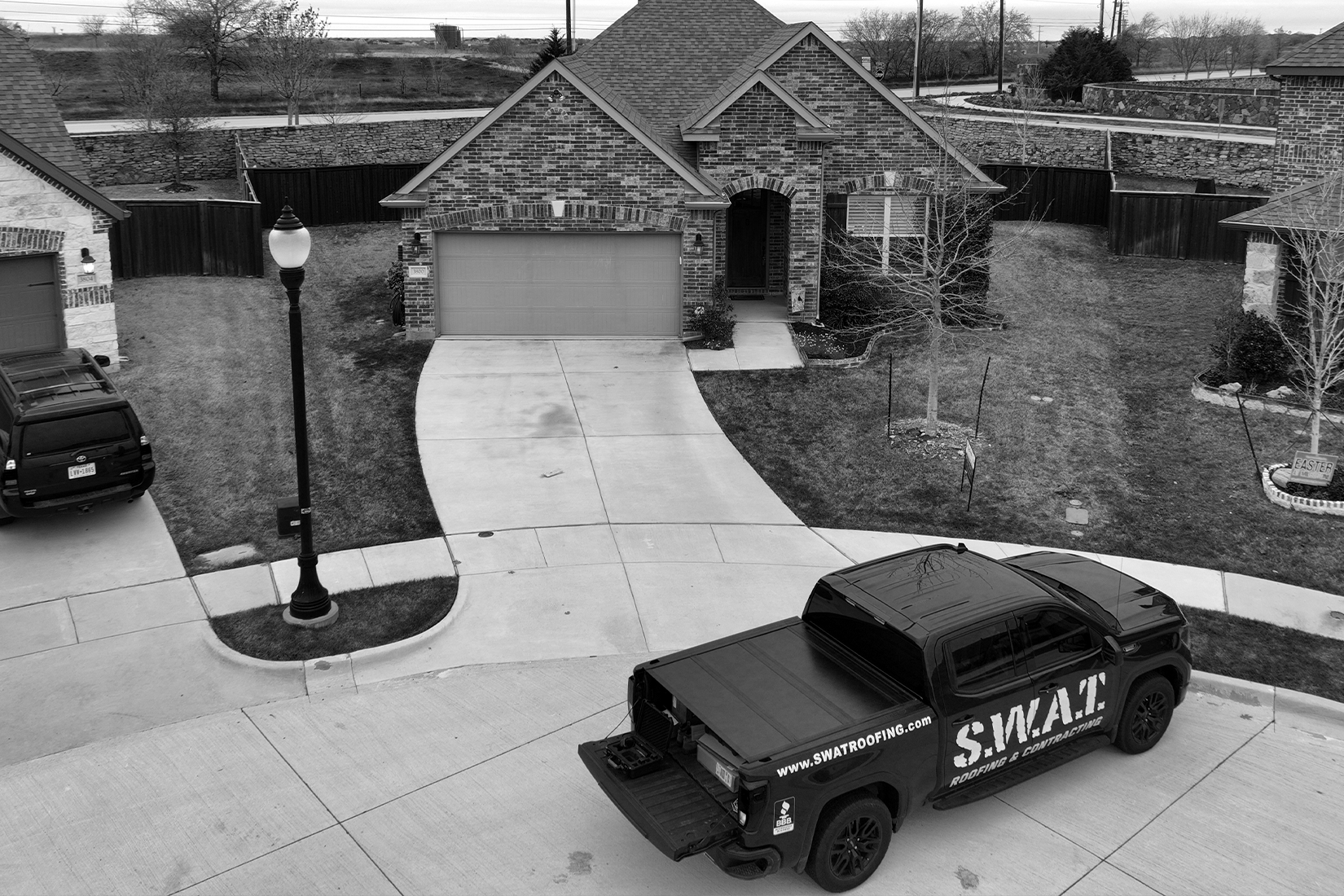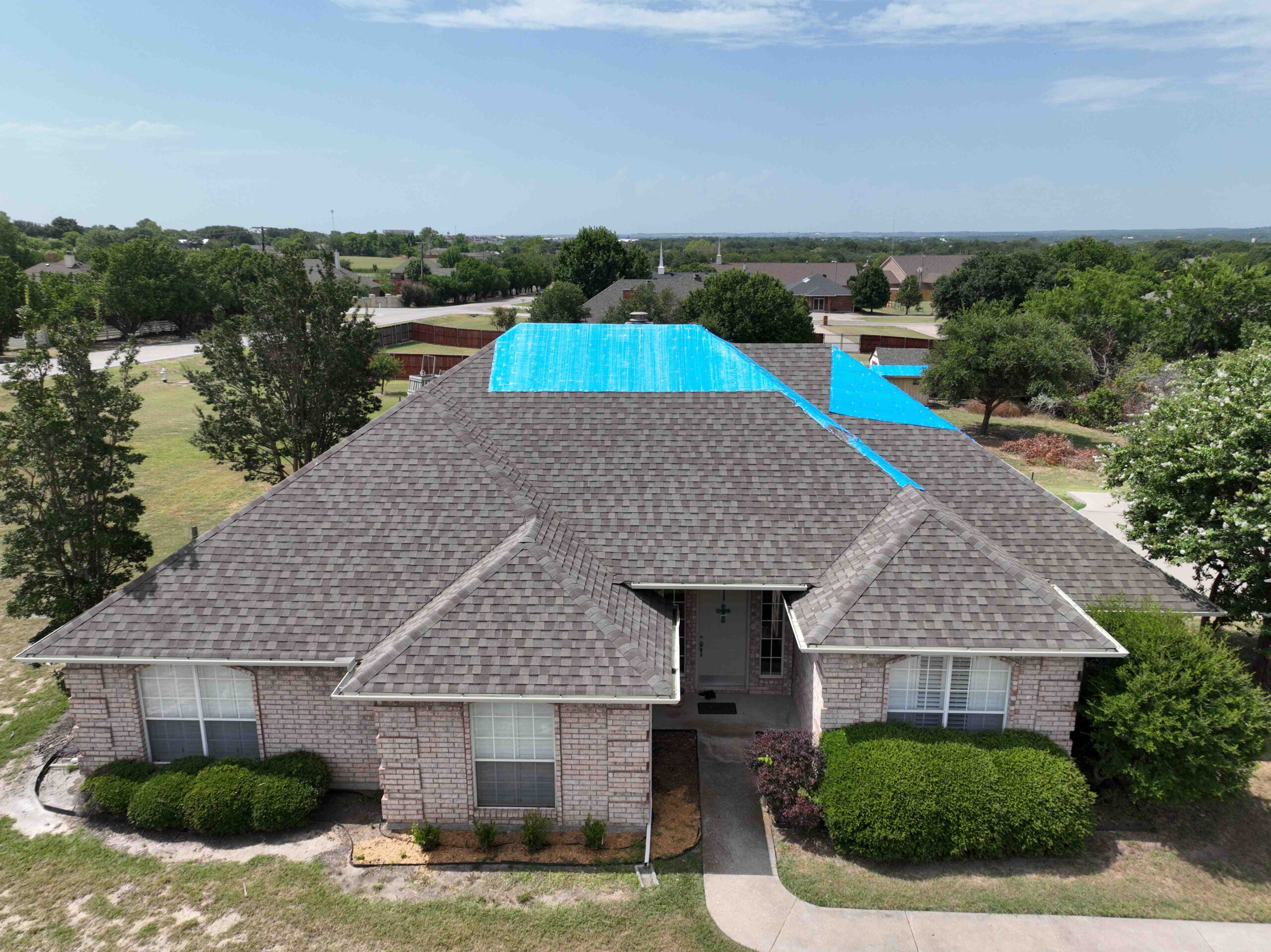
Understanding Home Insurance and Roof Coverage
When it comes to homeowners insurance, many often wonder, “does home insurance cover roof damage?” The quick answer is: yes, but it depends on the cause of the damage.
Here’s a simple breakdown:
– Covered perils include windstorms, hail, fire, snow, sleet, ice damage, lightning strikes, falling objects, vandalism, and malicious acts.
– Not covered: General wear and tear, neglect, earthquakes, floods, and pests.
Home insurance serves as a crucial financial protection for homeowners, especially in areas prone to severe weather like Dallas-Fort Worth. It helps cover unexpected events that can lead to significant roof damage, ensuring that your most significant investment, your home, remains secure.
As the founder of SWAT Roofing & Contracting, I’ve spent over 15 years helping homeowners steer insurance claims and roof repairs. My experience has shown that understanding what your policy covers can save you both money and stress.

What Roof Insurance Covers
Home insurance covers your roof as part of your dwelling coverage. This means that if your roof is damaged by a covered peril, your insurance can help pay for repairs or replacement. Understanding what perils are covered and what exclusions apply is key to knowing when your insurance will step in.
Covered Perils
Covered perils are specific events that your insurance will cover. Here are the most common ones:
- Windstorms: Strong winds can rip off shingles and cause other types of roof damage. If a windstorm damages your roof, your insurance will likely cover it.
- Hail: Hail can cause dents and cracks in your roof. Insurance usually covers hail damage, but check your policy for specific details.
- Fire: If a fire damages your roof, your insurance will cover the cost to repair or replace it.
- Falling Objects: This includes things like tree branches or other debris that might fall on your roof during a storm.
- Snow, Sleet, or Ice: Heavy snow or ice can cause your roof to collapse or lead to leaks. Insurance typically covers this kind of damage.
Exclusions
Exclusions are situations where your insurance won’t cover the damage. Here are some common exclusions:
- Wear and Tear: Over time, your roof will naturally wear out. Insurance doesn’t cover damage due to normal aging or lack of maintenance.
- Neglect: If you haven’t kept up with necessary roof repairs, any resulting damage won’t be covered. For example, if your roof leaks because you didn’t replace old shingles, you’ll have to pay for the repairs yourself.
- Flooding: Standard home insurance policies don’t cover flood damage. You’ll need a separate flood insurance policy for that.
- Earthquakes: Earthquake damage isn’t usually covered by standard home insurance. You can purchase separate earthquake insurance if you live in an area prone to quakes.
- Animal Damage: Damage caused by animals, like raccoons or squirrels, is generally not covered. This is considered a preventable issue that homeowners should manage.
Understanding what your home insurance covers and what it doesn’t is crucial. This knowledge can help you take the right steps to protect your roof and ensure you have the right coverage in place.
Factors Impacting Roof Coverage
Age of Roof
The age of your roof is a significant factor in determining your insurance coverage. Insurance companies often limit or exclude coverage for roofs that are 20 years old or older. For older roofs, insurers may only offer Actual Cash Value (ACV) coverage instead of Replacement Cost Value (RCV) coverage.
Here’s a quick comparison:
– Replacement Cost Value (RCV): Covers the cost to replace your roof without deducting for depreciation.
– Actual Cash Value (ACV): Pays out based on the depreciated value of your roof, which can be significantly less.
For example, a 20-year-old roof that costs $10,000 to replace might only have an actual cash value of $4,000. After your deductible, the payout might be zero.
Maintenance and Condition
Keeping your roof in good condition is essential for maintaining your coverage. Regular inspections and timely repairs can prevent minor issues from turning into major problems. Insurance companies often require documentation of maintenance to approve claims.
Tips for Regular Maintenance:
– Annual Inspections: Hire a professional to check for damage and wear.
– Repairs: Fix broken shingles, cracked flashing, and other small issues immediately.
– Documentation: Keep records of all inspections and repairs.
Clean Your Gutters: Clogged gutters can cause water to back up and damage your roof. Make sure to clean them at least once a year.
Trim Your Trees: Overhanging branches can scrape your roof and cause damage. Trim trees regularly to prevent this.
By following these steps, you can ensure that your roof remains in good condition and that your insurance coverage stays intact. Regular maintenance and proper documentation are key to maximizing your roof insurance benefits.
Next, let’s dive into the process of filing a claim for roof damage.
How to File a Claim for Roof Damage
Steps to File a Claim
1. Limit Additional Damage
First, make sure to prevent any further damage. If there’s a hole in the roof, cover it with a tarp. If water is leaking in, use buckets to catch it. Your insurance company might reimburse you for these temporary fixes, so keep the receipts.
2. Document the Damage
Take clear photos and videos of the damage. Note down the date and cause of the damage. If any belongings were damaged, document those too. This evidence will support your claim.
3. Contact Your Insurer
Reach out to your insurance company as soon as possible. Inform them about the damage and your intention to file a claim. Ask for the best method to file the claim and any specific details you need to provide.
4. Get an Estimate
An insurance adjuster will come to inspect the damage and provide an estimate for repairs. It’s also wise to get an independent estimate from a contractor. This gives you a second opinion and can help in discussions with your insurer.
5. File the Required Paperwork
Complete all necessary forms and submit them to your insurance company. After reviewing your documents, your insurer will approve the claim and issue a payout, minus your deductible.
Working with an Adjuster
Inspection and Assessment
The insurance adjuster will inspect your roof to assess the extent of the damage. They will determine the cause and estimate the cost of repairs. Be present during the inspection to answer any questions they might have.
Independent Estimates
While the adjuster provides an estimate, having an independent contractor’s estimate can be beneficial. This ensures you get a fair assessment and helps negotiate a better settlement if needed.
Public Adjusters
If you find it challenging to deal with your insurance company, consider hiring a public adjuster. They work on your behalf to ensure you receive a fair payout. Public adjusters can be especially helpful for large or complicated claims.
By following these steps and working closely with your adjuster, you can steer the claims process smoothly and get your roof repaired promptly.
Does Home Insurance Cover Roof Leaks?
Roof leaks can be a major headache for homeowners. But does home insurance cover roof leaks? The answer depends on the cause of the leak and the specifics of your policy.
Covered Perils for Leaks
Home insurance typically covers roof leaks if they are caused by covered perils—sudden and unexpected events that your policy specifically includes. Here are some common covered perils:
- Storm Damage: If a windstorm or hailstorm damages your roof, causing it to leak, your insurance will likely cover the repairs. This also includes damage from snow, sleet, or ice.
- Falling Objects: If a tree branch or other object falls on your roof and causes a leak, this is generally covered.
- Fire: Roof leaks resulting from fire damage are covered under most standard policies.
- Accidental Causes: Sudden and accidental events like a lightning strike can lead to roof leaks that are usually covered.
Exclusions for Leaks
However, there are several exclusions to be aware of. Insurance generally does not cover leaks caused by:
- Wear and Tear: Over time, roofs naturally degrade. Shingles can become brittle, and materials can wear out. This type of damage is considered normal wear and tear and is not covered.
- Neglect: If the leak is due to neglect or lack of maintenance, such as failing to replace aging shingles, your insurance won’t cover it. Regular inspections and timely repairs are crucial.
- Aging Shingles: Roofs older than 20 years often have limited coverage. Insurance companies may only offer Actual Cash Value (ACV) for older roofs, meaning you’ll receive less compensation due to depreciation.
Maintenance Responsibility
Maintaining your roof is your responsibility as a homeowner. Regular inspections can help you catch minor issues before they become major problems. Clean your gutters, trim overhanging branches, and replace damaged shingles promptly. Doing so can prevent leaks and ensure that your insurance covers you when unexpected events occur.
Understanding what your policy covers and doesn’t cover can save you a lot of stress and money. Always consult your policy documents and talk to your insurance agent for specifics. If you’re proactive about maintenance, you’re more likely to have a successful claim when you need it.
Tips for Protecting Your Roof
Regular Inspections
Regular roof inspections are crucial to catch minor issues before they become major problems. Annual checks by a professional can help you spot signs of damage early. This can include broken shingles or cracked flashing.
Professional services often come with a detailed report, giving you a clear picture of your roof’s condition. They can recommend preventive measures to extend your roof’s lifespan.
Pro Tip: Take photos during each inspection. This documentation can be invaluable when filing an insurance claim.
Maintenance and Repairs
Proper maintenance can significantly extend your roof’s life. Here are some key steps:
- Shingle Replacement: Replace any broken or missing shingles immediately. This prevents leaks and further damage.
- Debris Removal: Clear leaves, twigs, and other debris from your roof. This prevents water from pooling and causing leaks.
- Water Drainage: Ensure your gutters are clean. Clogged gutters can lead to water damage on your roof.
Hiring professionals for these tasks is usually safer and more effective. They have the right tools and expertise to do the job correctly.
Remember: Low-quality DIY work can put your roof at additional risk and may lead to denied insurance claims.
Cleaning Gutters
Clogged gutters are a common cause of roof damage. Clean your gutters at least once a year to ensure proper water drainage. This simple task can prevent water from backing up onto your roof and causing leaks.
Pruning Trees
Overhanging branches can scrape and damage your roof shingles. During a storm, they can even break off and cause significant damage. Prune or remove any tree limbs that could lead to future issues.
Tip: Always clear away any debris that makes its way onto your roof.
Hiring Professionals
Roof maintenance is difficult and dangerous. Hire professionals to complete repairs unless you’re experienced. This ensures the job is done right and keeps you safe.
Fact: Low-quality DIY work could put your roof at additional risk and lead to excess damage or denied claims.
By following these tips, you can protect your roof and ensure it remains in good condition. This proactive approach not only extends your roof’s lifespan but also increases the likelihood of a successful insurance claim when you need it.
Next, we’ll dive into the steps for filing a claim for roof damage and what to expect when working with an insurance adjuster.
Frequently Asked Questions about Roof Insurance
Does the age of the roof affect homeowners insurance?
Yes, the age of your roof can significantly impact your homeowners insurance. Insurance companies often have inspection requirements and coverage limitations based on the roof’s age. For example, if your roof is over 20 years old, insurers may only offer Actual Cash Value (ACV) coverage instead of Replacement Cost Value (RCV). This means you’ll get less compensation due to depreciation.
Fact: Some insurers may even require a roof inspection before issuing or renewing a policy for an older roof.
Does homeowners insurance cover mold from roof leak?
Homeowners insurance may cover mold resulting from a roof leak, but it depends on the cause of the leak. Covered events like sudden storms or accidental causes are usually included. However, if the mold is due to neglect or lack of maintenance, it’s typically excluded.
Important: Always check your policy details for specific exclusions and limitations.
Quote from the research: “Mold is generally not covered by homeowners insurance. Some companies cover mold damage with limitations, for example, if it’s caused by a covered event like a burst pipe.”
What is roof loss settlement?
Roof loss settlement refers to how your insurance company calculates the payout for your roof damage claim. The settlement amount depends on whether your policy offers Replacement Cost Value (RCV) or Actual Cash Value (ACV).
- RCV: Covers the cost to repair or replace your roof without deducting for depreciation.
- ACV: Covers the cost to repair or replace your roof, minus depreciation.
Deductible: You’ll need to pay your deductible before your insurance kicks in. The deductible amount can vary and will impact your out-of-pocket costs.
Tip: Always review your policy to understand whether it offers RCV or ACV, and what your deductible is.
By understanding these aspects, you can better steer your homeowners insurance and ensure your roof is adequately protected.
Next, we’ll dive into the steps for filing a claim for roof damage and what to expect when working with an insurance adjuster.
Conclusion
Understanding your home’s insurance coverage is crucial, especially when it comes to your roof. Knowing what your policy covers and what it doesn’t can save you from unexpected financial burdens.
Proactive maintenance is key. Regular inspections and timely repairs can prevent minor issues from becoming major problems. This not only prolongs the life of your roof but also improves the chances of your insurance claim being approved if damage occurs.
At SWAT Roofing, we specialize in helping homeowners steer the complexities of roof insurance claims. Our team provides professional inspections, detailed reports, and expert repairs to ensure your roof remains in top condition.
Financial protection is another critical aspect. A well-maintained roof is less likely to suffer from extensive damage, reducing the likelihood of costly repairs. And in the event of a covered peril, having a clear understanding of your policy can make the claims process smoother and more efficient.
In summary, being informed and proactive about your roof’s maintenance can save you money and stress in the long run. Trust SWAT Roofing to be your partner in maintaining a sturdy, reliable roof over your head.



